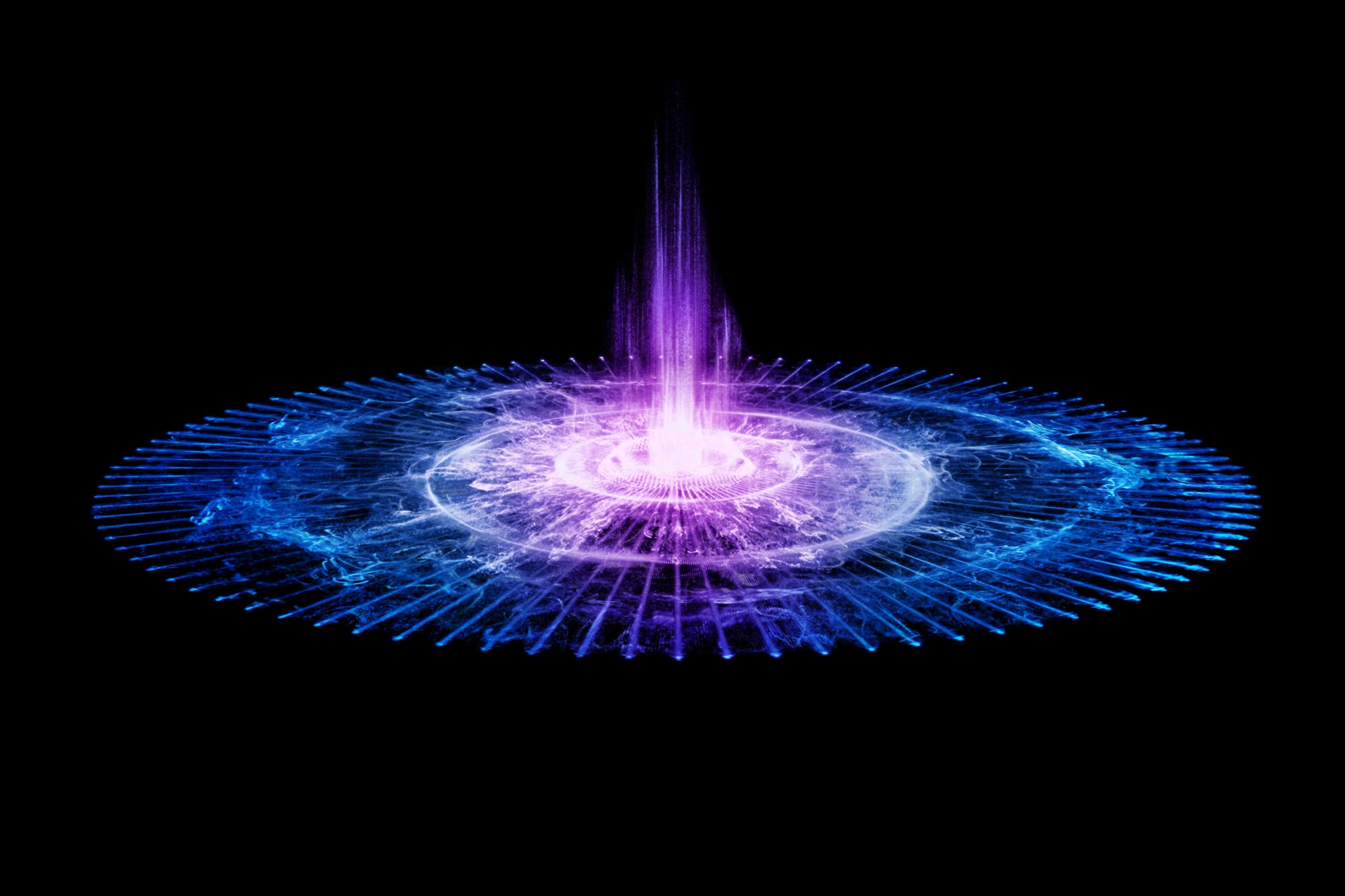Majorana Demonstrator, un experimento de seis años realizado por investigadores de la Universidad de Indiana y colaboradores internacionales, buscó responder preguntas importantes sobre las leyes fundamentales de la física, particularmente con respecto a los neutrinos. El estudio tuvo como objetivo observar si los neutrinos pueden ser sus antipartículas y la ocurrencia de la desintegración beta doble sin neutrones, que, aunque no se observó de manera concluyente, proporcionó información valiosa sobre las escalas de tiempo de la desintegración de neutrinos, la materia oscura y la mecánica cuántica, y mostró que la investigación Técnicas utilizadas Puede extenderse a trabajos futuros en la comprensión de la formación del universo.
Un equipo de investigadores de la Universidad de Indiana, junto con colaboradores internacionales, participa activamente en desentrañar los misterios fundamentales que rodean las leyes fundamentales de la física que gobiernan nuestro universo.
Durante los últimos seis años, un equipo de investigadores de la Universidad de Indiana, junto con colaboradores internacionales, ha estado trabajando para resolver los misterios de las leyes físicas fundamentales que gobiernan nuestro universo. Llevaron a cabo un experimento conocido como Majorana Demonstrator, que avanzó enormemente en nuestra comprensión de los neutrinos, uno de los componentes básicos del universo.
El informe final del juicio fue publicado recientemente en Neutrinos, tiny particles comparable to electrons but devoid of electric charge, rank as the second most plentiful particles in the universe, trailing only light. Despite this abundance, they prove challenging to study because they do not interact the way other particles do.
“Neutrinos have a profound impact on the universe and physics at every imaginable scale, surprising us down at the particle interaction level and having broad impact up through the cosmic scales,” said Walter Pettus, an assistant professor of physics in the IU College of Arts and Sciences. “But they are also the most frustrating to study because we know so much about them, yet we have so many gaps.”

Nafis Fuad. Credit: Indiana University
The Majorana Demonstrator, a collaboration of 60 researchers from 24 institutions, was designed to fill many of those gaps at the same time, probing into the most fundamental properties of neutrinos.
One aspect they hoped to observe was whether the neutrino could be its own antiparticle – a subatomic particle of the same mass but with the opposite electric charge. Since the neutrino is uncharged, it is the only particle in the universe that could be its own antiparticle. Understanding that would provide insight into why the neutrino has mass in the first place – information that would have widespread impacts in understanding how the universe was formed.
To determine if the neutrino is its own antiparticle, the researchers needed to observe a rare occurrence called neutrinoless double-beta decay. However, this process takes a single atom at least 1026 years – significantly longer than the age of the universe. Instead, they chose to observe nearly 1026 atoms over the course of six years.
To observe this incredibly rare decay, the researchers needed the perfect environment. In the Sanford Underground Research Facility in the Black Hills of South Dakota, located a mile underground, they built one of the cleanest and quietest environments on Earth. Extremely sensitive detectors were made of high-purity germanium and were packed in a 50-ton lead shield and surrounded by materials of unprecedented cleanliness. Even the copper used was grown underground in their lab with impurity levels so low they couldn’t be measured.
Pettus and a team of IU students were responsible primarily for analyzing data from the experiment. Graduate student Nafis Fuad, undergraduate senior Isaac Baker, sophomore Abby Kickbush and Jennifer James, a student with the Research Experiences for Undergraduates Program, have been involved in the project. Their focus has been on understanding the stability of the experiment, analyzing details of the recorded waveforms, and characterizing backgrounds.

Walter Pettus. Credit: Indiana University
“It’s like looking for a tiny needle in a very, very, very big haystack – you have to carefully get rid of all the hays (a.k.a. backgrounds) possible, and you don’t even know if there’s actually a needle in there in the first place or not,” Fuad said. “It’s very exciting to be a part of that search.”
While the researchers ultimately did not observe the decay they hoped for, they did discover that the neutrino’s scale for decay is longer than the limit they placed on it, which they will test further during the next phase of the experiment. In addition, they recorded other scientific results – ranging from dark matter to quantum mechanics – that helps provide a better understanding of the universe.
Through the project, the researchers proved that the techniques they utilized could be used at a much larger scale in a potentially game-changing search that could help explain the existence of matter in the universe.
“We didn’t see the decay we were looking for, but we have raised the bar on where to look for the physics we’re going after,” Pettus said. “True to its name, the Demonstrator advanced critical technologies that we are already leveraging for the next phase of the experiment in Italy. We may not have broken our picture of physics yet, but we’ve certainly pushed the horizons, and I am very excited about what we have accomplished.”
The next phase of the project, called LEGEND-200, has already begun taking data in Italy, with plans to run over the next five years. Researchers aim to observe the decay happening at a magnitude higher sensitivity than the Majorana Demonstrator. Beyond that, thanks to support from the U.S. Department of Energy, the team is already designing the successor experiment, LEGEND-1000.
Pettus is excited about the future of this work and looks forward to involving more students in the project, both in data analysis and hardware development for LEGEND-1000.
“If we discover the neutrino is its own antiparticle, there will still be ground under our feet and stars in the sky, and our understanding of physics doesn’t change the reality of the physical laws that always have and continue to govern our universe,” Pettus said. “But knowing what’s down there at the most fundamental level and how the universe works gives us a richer, more beautiful world to live in – or possibly just weirder – and that pursuit is fundamentally human.”
Reference: “Final Result of the Majorana Demonstrator’s Search for Neutrinoless Double-β Decay in 76Ge” by I. J. Arnquist et al. (Majorana Collaboration), 10 February 2023, Physical Review Letters.
DOI: 10.1103/PhysRevLett.130.062501
The Majorana Demonstrator was managed by Oak Ridge National Laboratory for the U.S. Department of Energy Office of Nuclear Physics, with support from the National Science Foundation.

«Propenso a ataques de apatía. Explorador de aspirantes. Analista ávido. Fanático de Internet. Comunicador»







More Stories
Los científicos miden por primera vez los rayos X de los peligrosos rayos ascendentes: ScienceAlert
Nuevos cálculos vinculan la edad del asteroide “Bebé”
Observatorio de rayos X Chandra Nebulosa del Cangrejo Vídeos secuenciales de Casiopea